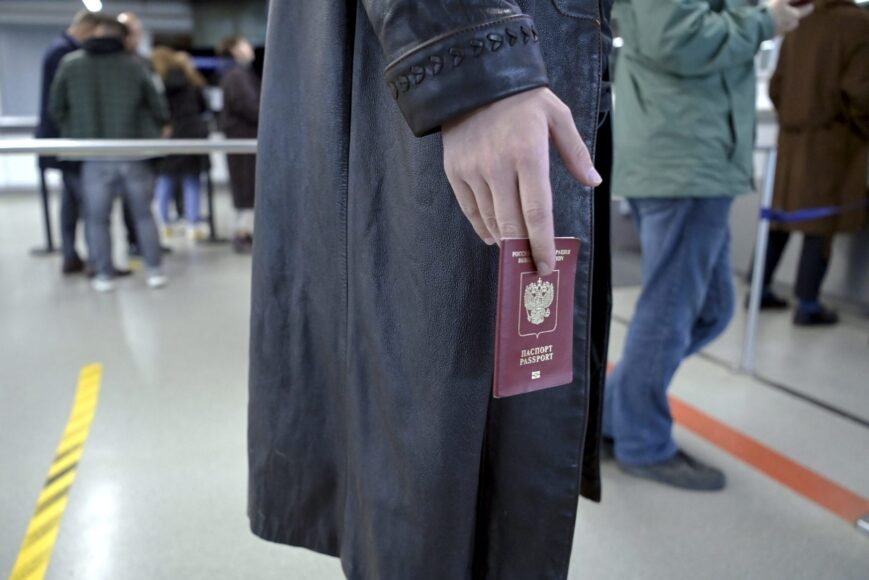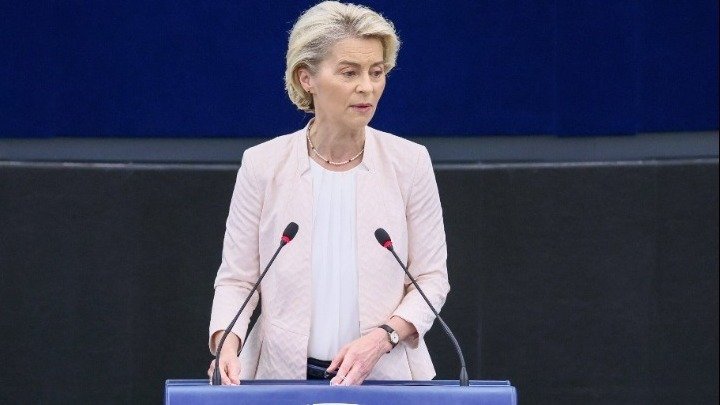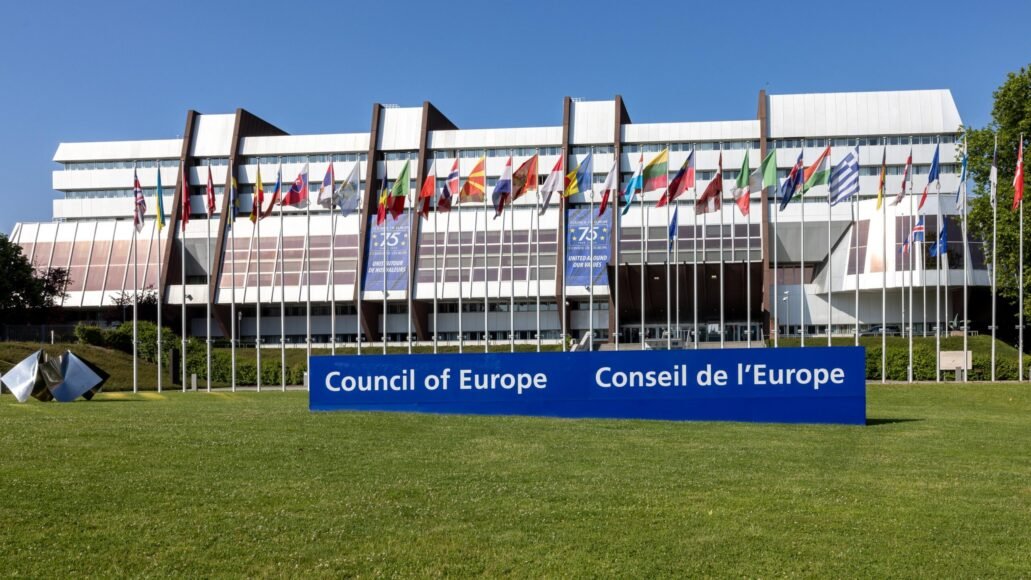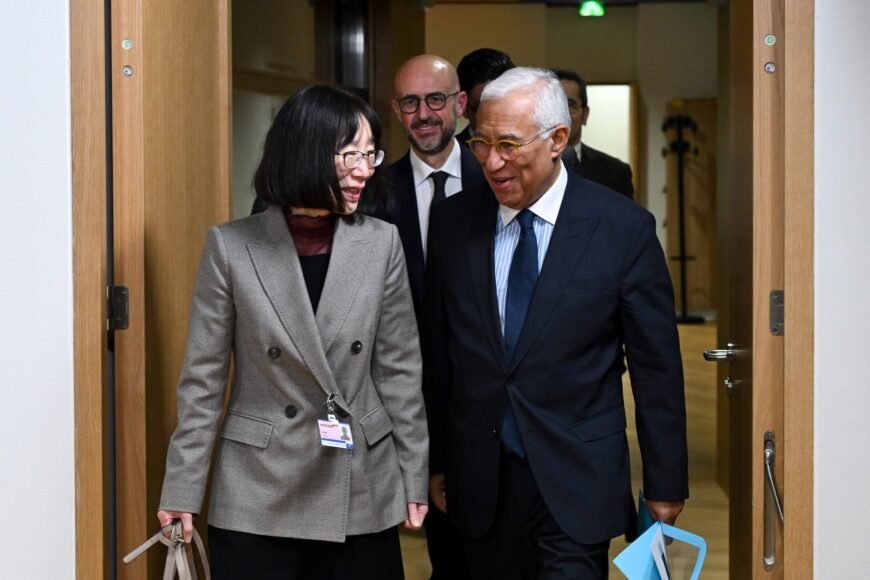Deadly Attacks in Eastern Aleppo Expose Syria’s Fragility
A devastating explosion occurred on Monday near the Turkish border, targeting a vehicle carrying seasonal agricultural workers. Reports indicate that at least 11 women and three children were among the casualties.
This attack follows another violent incident just days earlier, which claimed the lives of four civilians and injured nine others, including six children. Monday’s bombing marks the seventh such attack in just over a month, making it the deadliest assault in Syria since the fall of the Assad regime.
The region has been the site of ongoing clashes between Turkish-backed forces and Kurdish fighters. No group has yet claimed responsibility for the attack.
“We reiterate that all parties must uphold their obligations under international humanitarian law to protect civilians,” stated UN Spokesperson Stéphane Dujarric during a press briefing in New York.
“Civilians and civilian infrastructure should never be targeted.”
Thousands Displaced
Meanwhile, conflict continues to rage in northeast Syria, particularly in eastern Aleppo, Al-Hasakeh, and Ar-Raqqa, forcing over 25,000 people to flee their homes.
According to a humanitarian bulletin from the UN Office for the Coordination of Humanitarian Affairs (OCHA), airstrikes, shelling, and ongoing clashes have caused widespread devastation, severely damaging homes, hospitals, and essential infrastructure.
Across Syria, the lack of public services and funding has hindered humanitarian operations. In Homs and Hama, electricity is available for just 45 to 60 minutes every eight hours. In northwest Syria, more than 100 health facilities have run out of funding since the beginning of the year.
The UN and its partners have launched an appeal for $1.2 billion to provide aid to 6.7 million of Syria’s most vulnerable people through March 2025.
Humanitarian Efforts
Despite these challenges, UN agencies and humanitarian organizations continue their efforts to deliver aid and assess the situation whenever security conditions allow.
On February 3, a UN mission crossed into Idlib from Türkiye to evaluate cash distribution programs as part of broader efforts to support affected communities.
“So far in 2025, we have completed 40 cross-border missions into Syria, nearly twice the number conducted at this time last year,” said Dujarric.
On January 30, UN teams also conducted an assessment mission in Sweida near the Jordanian border—the first UN visit to the area since October 2023. The assessment found severe shortages of drinking water and irrigation resources, worsened by years of drought.
Syrian Refugees Returning Home
A recent survey by the UN Refugee Agency (UNHCR) found that 27% of Syrian refugees in Jordan, Lebanon, Iraq, and Egypt plan to return to Syria within the next 12 months—a dramatic increase from the less than 2% recorded in April last year.
Following the fall of the Assad regime in December, more than 210,000 Syrians returned home between then and January 23. However, many continue to face obstacles such as destroyed property, lack of infrastructure, and security concerns.
Internally displaced persons (IDPs) are also beginning to return, though in smaller numbers. Since early December, approximately 57,000 IDPs—mostly small family units or individuals—have left displacement camps.
Despite these returns, nearly two million people remain in more than 1,500 camps across Idlib and northern Aleppo, where safety concerns and a lack of basic services continue to prevent large-scale resettlement.














Leave a Reply